May 29, 2025 | 11:26 GMT +7
May 29, 2025 | 11:26 GMT +7
Hotline: 0913.378.918
May 29, 2025 | 11:26 GMT +7
Hotline: 0913.378.918
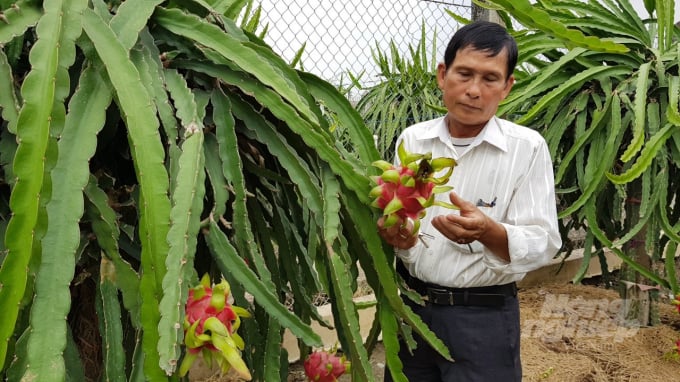
Vietnamese dragon fruit accounts for over 80% of the market share in the Japanese market. Photo: Thanh Son.
According to Mr. Ta Duc Minh, Commercial Counselor of Vietnam Trade Office in Japan, dragon fruit is becoming more familiar to Japanese people.
Dragon fruit is considered by the Japanese as a fruit with many nutrients and rich in fiber. In particular, Japanese women like to eat dragon fruit because they believe that dragon fruits can bring a beautiful and smooth skin. The Japanese eat dragon fruit in salads, mixed with cereal grains..., or directly like other fruits.
In 2009, Vietnam started exporting fresh white fleshed dragon fruit to Japan. In January 2017, Vietnam's red flesh dragon fruit began to enter this market.
When Vietnamese dragon fruit was first introduced into Japan in 2009, Yasaka Company (the first company to introduce hot steam heat treatment technology into Vietnam) chose to bring this fruit into the premium fruit segment, only sold at department stores. At the time, dragon fruits from the time of picking, handling and putting on the shelves was only within 3 days to maintain freshness, shipped by air.
In recent years, dragon fruit is imported in larger volume and shipped by sea, the price is also cheaper and sold in supermarkets all over Japan.
Every year Japan imports about 2,000 tons of Vietnamese dragon fruit. Vietnamese dragon fruit currently accounts for over 80% of the market share of dragon fruit sold in the Japanese market. This shows that Vietnam's dragon fruit is being favored by Japanese consumers.
Mr. Ta Duc Minh said that Japan also grows a few dragon fruits in provinces such as Okinawa and Kagoshima, but the output is not high. Japanese dragon fruit is small, sour and expensive. Red flesh dragon fruit prices in Japan is about 400-500 yen / fruit (equivalent to 80,000-100,000 VND).
Thus, with an overwhelming market share in the total amount of imported dragon fruit, surpassing Japanese dragon fruit in terms of output, quality and price, Vietnamese dragon fruit has a great opportunity to enter deeper into this potential market.
In Vietnam's key dragon fruit growing provinces, there are also important conditions to boost exports to the Japanese market.
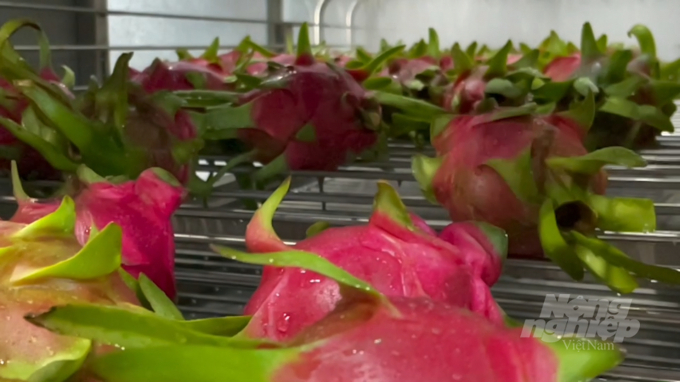
Dragon fruit going through an automatic washing system. Photo: Thanh Son.
According to Mr. Nguyen Tuan Thanh, Director of Long An Department of Industry and Trade, Chau Thanh dragon fruit of Long An has been granted a certificate of geographical indication by the National Office of Intellectual Property. Tam Vu dragon fruit trademark has also been protected in 5 countries: USA, France, Japan, Singapore and China.
Especially, at the beginning of October 2021, the Japanese Ministry of Agriculture, Forestry and Fisheries officially granted a geographical indication protection certificate for Binh Thuan dragon fruit. This is the second agricultural product of Vietnam after Luc Ngan lychee to be granted a geographical indication certificate in Japan.
Japanese consumers are very confident in agricultural products with geographical indications protected by the Government. Therefore, this is a great opportunity for Binh Thuan dragon fruit and Vietnamese dragon fruit in general to increase exports to the Japanese market in the last months of this year and the coming years.
However, according to the Vietnam Trade Office in Japan, Japan is a very difficult market, bringing dragon fruit into this country is even more difficult than in the US or Australia.
Therefore, in order for Vietnamese dragon fruit to expand and continue to stand firmly in the Japanese market, the Vietnam Trade Office in Japan noted that businesses and farmers need to carry out a synchronous link from planting to processing, preservation, transport and export to ensure fresh fruit, quality, maintaining brand name and the market.
Japanese consumers have always been highly sensitive to the constant change in the selling price of certain products. Therefore, Japanese importers always want stability of prices and supply from their Vietnamese partners.
Vietnamese businesses should also focus on investing in post-harvest technology and techniques to research and improve the quality and diversity of product types to meet the distinct tastes of many different customers.
Translated by Nguyen Hai Long
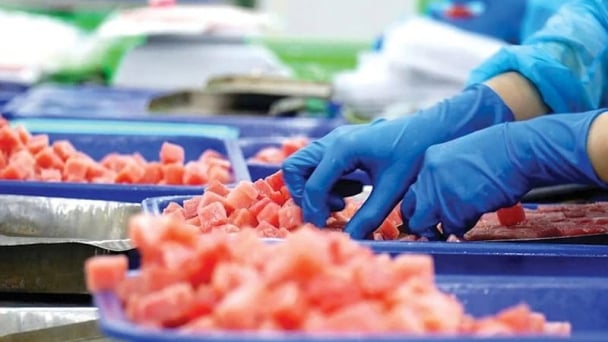
(VAN) The import-export turnover between Vietnam and Singapore rose amid a trade rebound, with machinery, electrical equipment, and fuels making up the majority of the transaction value.

(VAN) Director General of the General Administration of Customs of China, Ms. Sun Mai Jun, has pledged to implement measures that will ease the import process for Vietnamese agricultural products.
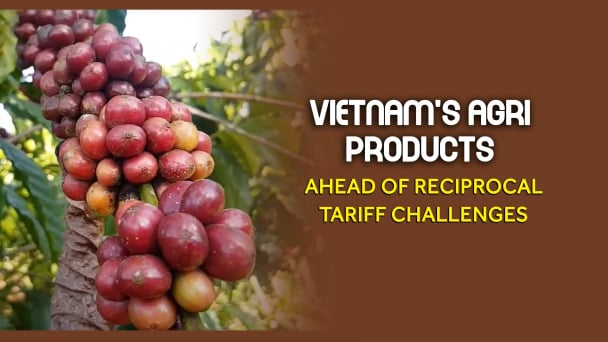
(VAN) Although Vietnam is still increasing its coffee exports, the industry is currently in the process of determining market strategies in response to the U.S. imposition of reciprocal tariffs.

(VAN) With rising demand in Muslim-majority countries, Halal certification is becoming a critical passport for Vietnamese agricultural products seeking sustainable market access and consumer trust in the Middle East and Africa.

(VAN) Vietnam’s fruit and vegetable exports to the U.S. are rising sharply, and exporters are hoping that any upcoming reciprocal tariffs will be set at manageable levels.
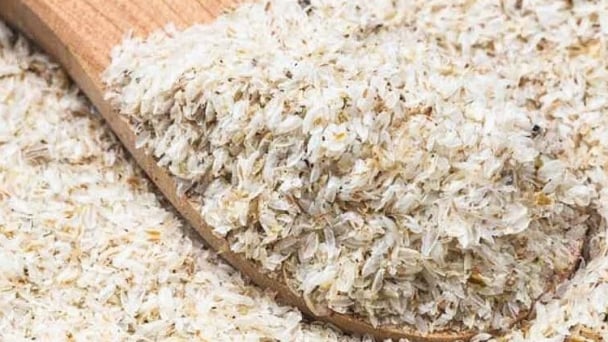
(VAN) Despite meeting quality standards, Vietnamese rice bran exporters still face difficulties with administrative procedures under the new protocol.

(VAN) The U.S. is tightening import tariffs and origin inspections, requiring Vietnamese businesses to proactively prepare in terms of legal compliance, supply chains, and appropriate export strategies.